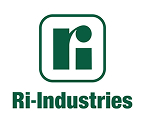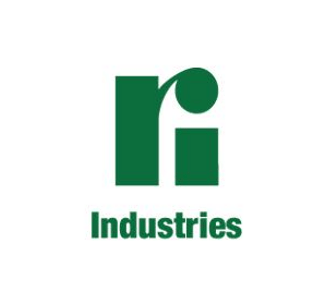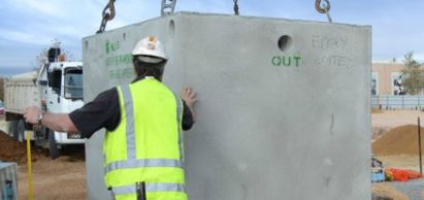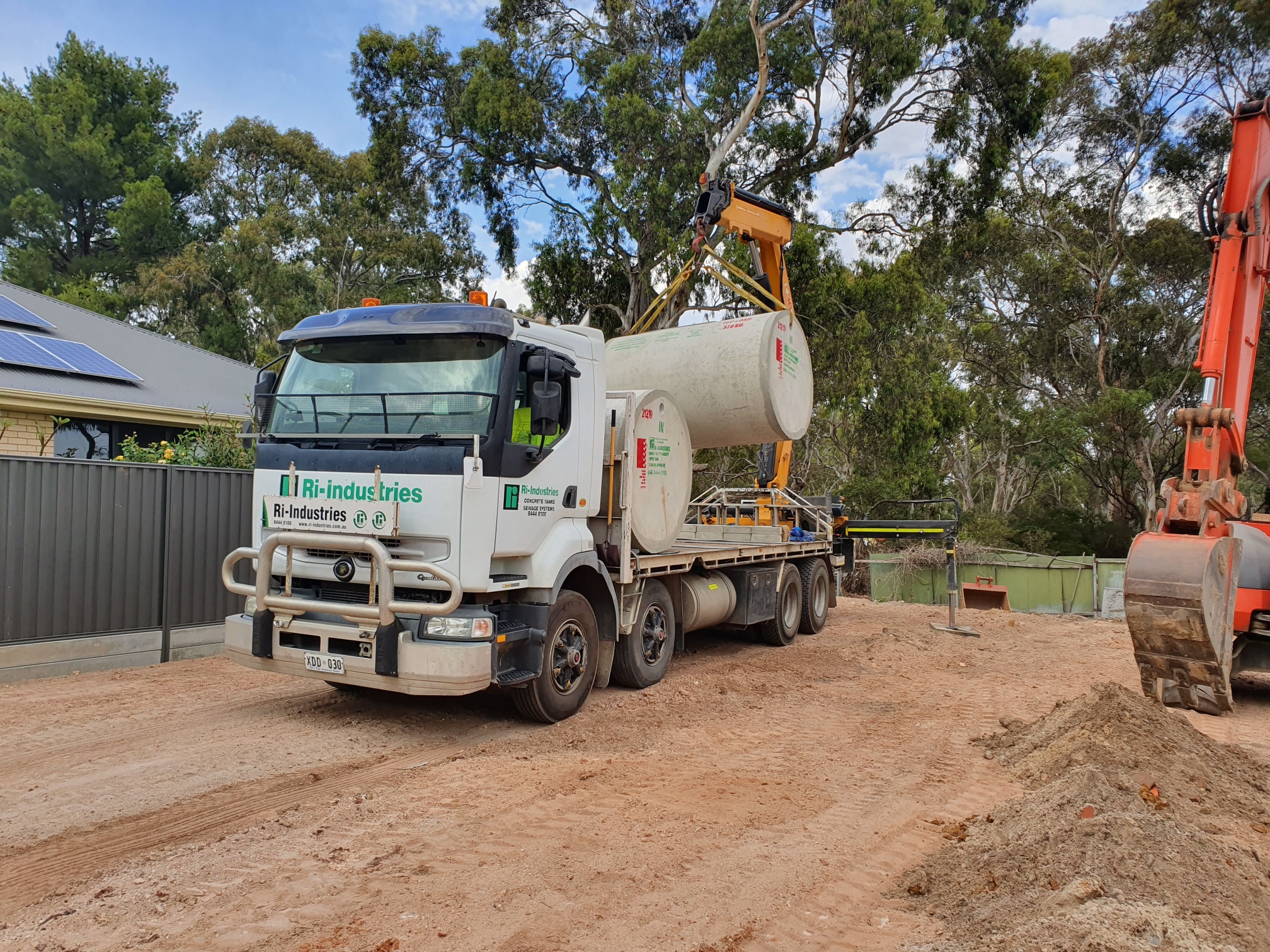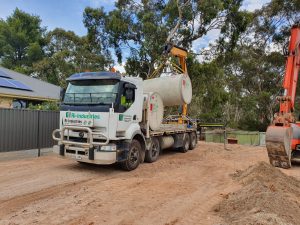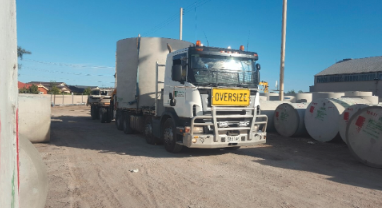COVID-19 introduced many concerns into our lives: A new strain of a virus that we were ill prepared to manage; financial worries stemming from forced lockdowns; even short supplies of everyday necessities. One issue that may not have caused concern, is actually something we should think about – septic systems.
Homes and businesses in rural areas and those without access to the main sewer systems rely on individual septic systems. These systems are designed to function well with ‘normal’ use. When families are forced to remain home, the systems will be put to the test. Increased usage can cause problems for an overworked system.
Fortunately for South Australia, we appear to have recovered well from the virus and people are returning to normal activities. Still, the septic systems have recently been used more than average and with school holidays happening in July we again will have children staying home. Plus it’s a time for family get-togethers. Additional heavy septic use is on the horizon.
So, how can you prepare and keep your septic tank working well? Ri-Industries has some tips:
- Take steps to conserve water. Limiting the generation of wastewater can be an effective step to maintaining the health of your system. Remind people to turn the water off when washing hands, brushing teeth, doing dishes in the sink. Ask for people to limit the amount of time they spend in the shower. Only run the washing machine and dishwasher when they are fully loaded.
- Manage the type of waste entering the system. Foods containing fats, oils and flour create waste that is difficult for the sewage system to properly handle.
- Only dispose of flushable items down the toilet. Read our blog “Is This Safe to Flush?” for a list of items that should not be flushed.
Septic tanks built by Ri-Industries are well designed and should have no problem handling the extra use, but being mindful and taking some precautions are always a smart thing to do. If you have questions about septic tanks or any of the Ri-Industries products, please call us at 08 8444 8100.
